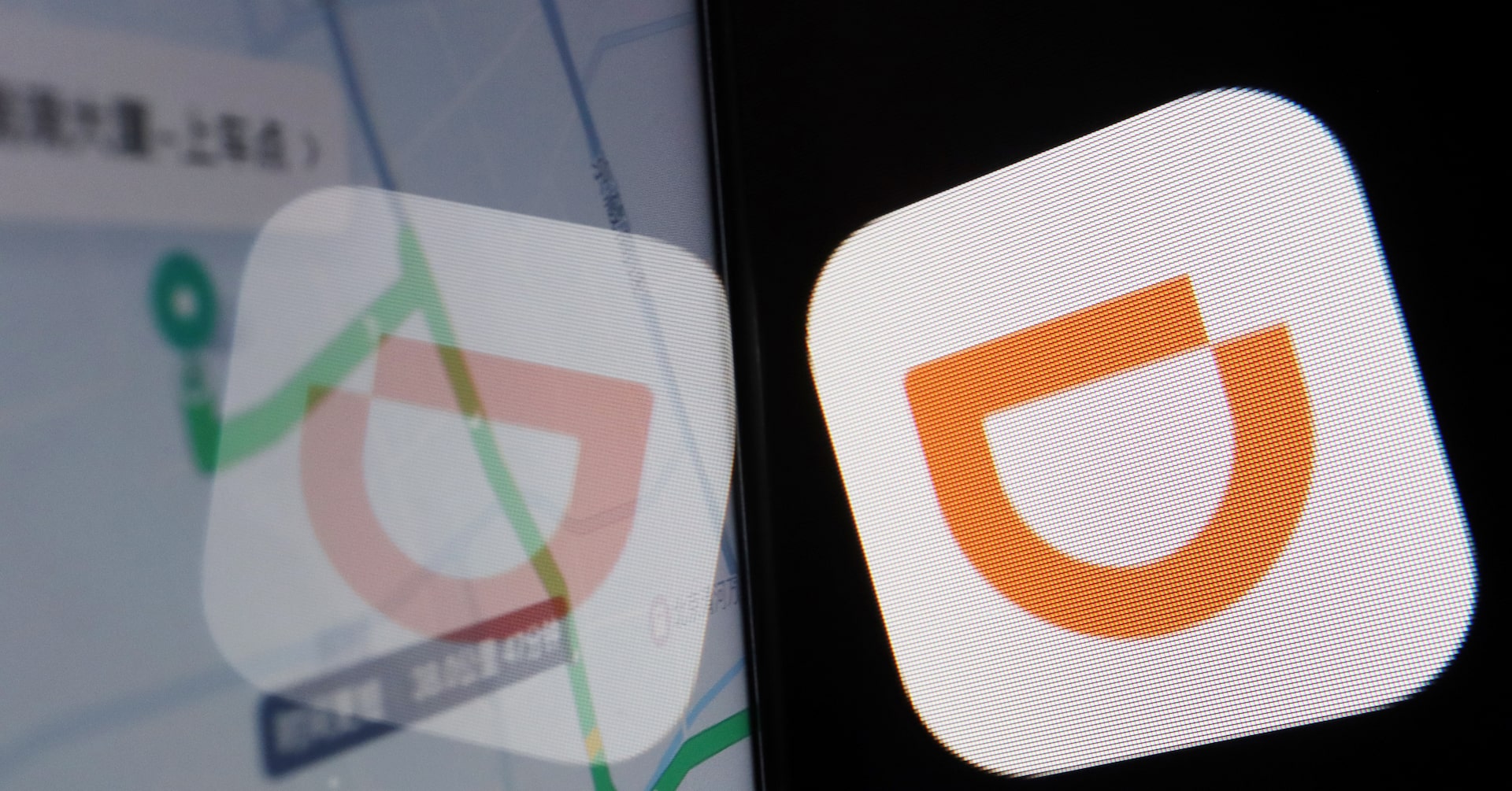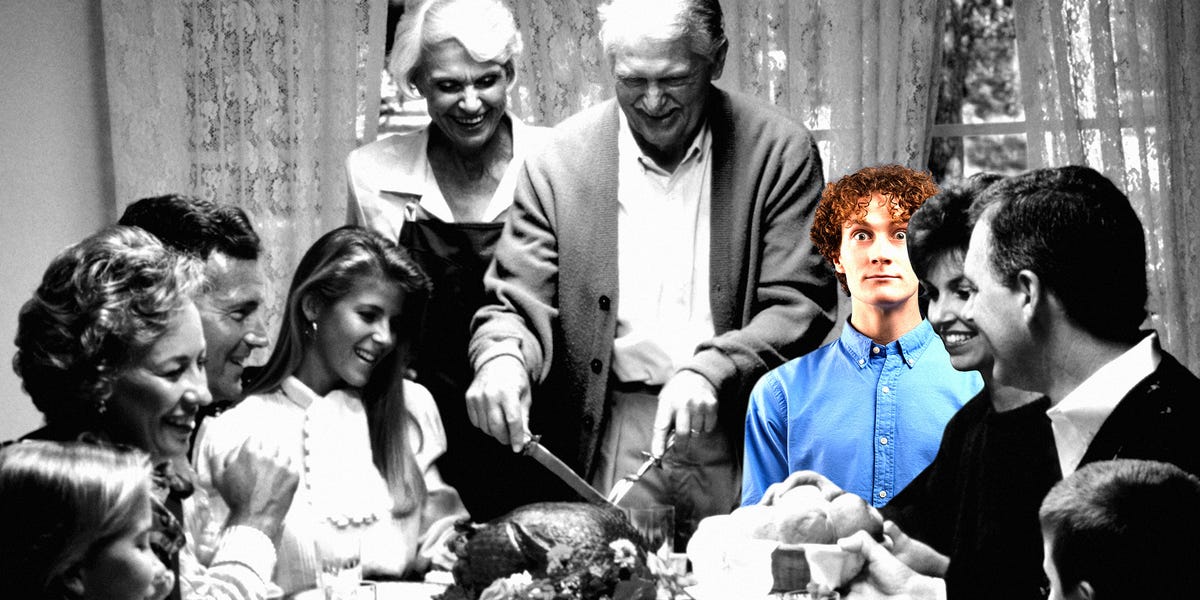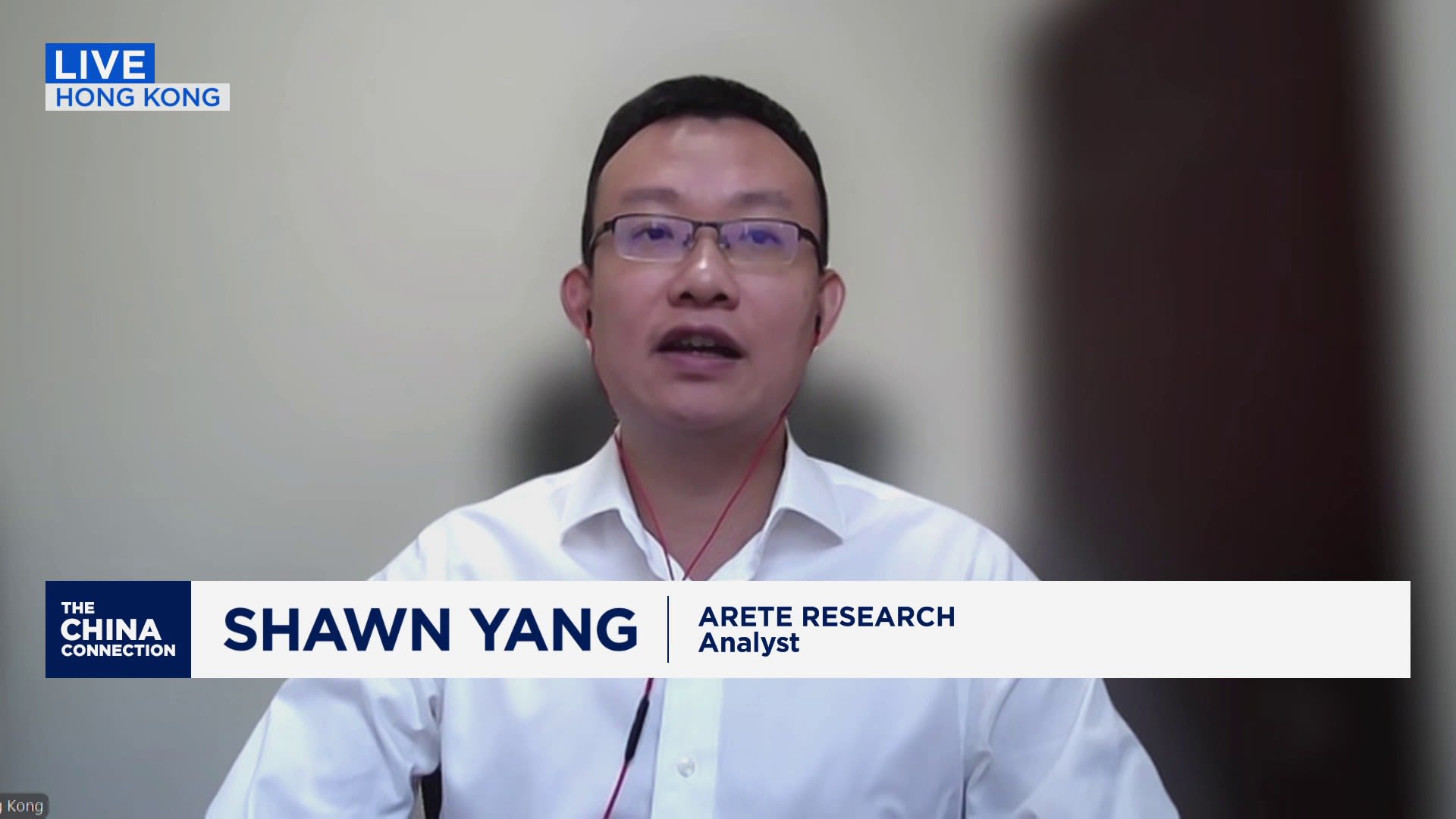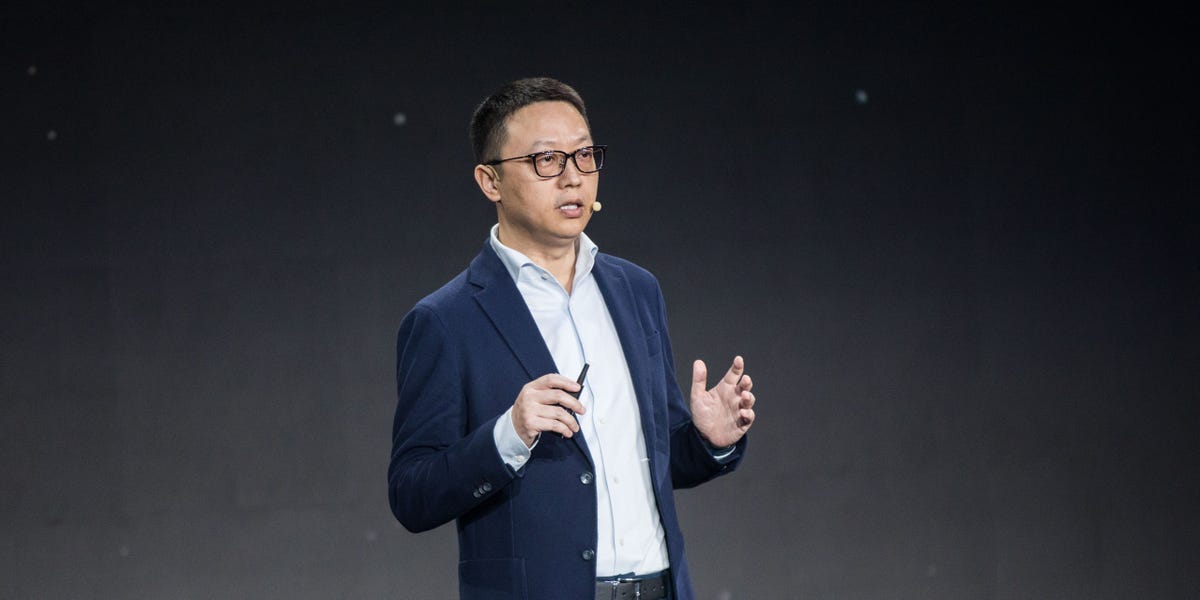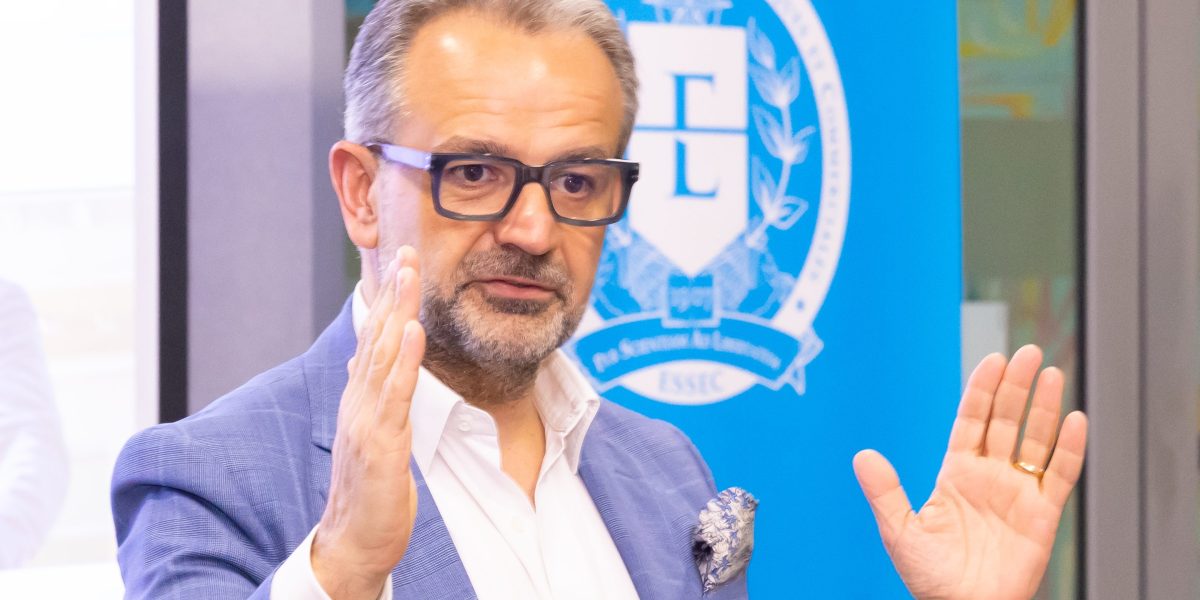The workplace has never been more intense. Competition is constant, timelines are tighter and technology ensures we’re “always on.” Chronic workplace strain and cognitive overload have become the norm. Gallup (2024) reported that 44 percent of employees globally experience daily stress, the highest tracked to date and Deloitte (2023) found that 77 percent of employees report burnout at their current job.
Today’s business environment looks less like a traditional office and more like professional athletics, high-pressure, high-stakes and unforgiving of mistakes. Yet while elite athletes receive mental and physical training to excel under stress, most employees are left to push through on their own. It’s no wonder burnout rates are climbing, engagement is slipping and turnover remains high.
For leaders, the question isn’t whether employee mental fitness matters; it’s how to build it into a culture that supports high performance and well-being. TalentSmart found that emotional intelligence predicts up to 58 percent of job performance. In high-stress workplaces, emotional stability and presence matter more than technical expertise.
Mental fitness is to the mind what strength training is to the body: conditioning that helps people reset after stress, stay grounded under pressure and recover from setbacks. Top athletes rely on techniques like breathwork, visualization and short recovery rituals to maintain composure. Businesses can do the same. Leaders who model resilience and create environments of psychological safety establish foundations for innovation, excellence and retention.
Emotional intelligence, resilience and self-regulation are today’s leadership currencies. It’s why top collegiate and professional athletes are recruited into competitive industries like finance and sales. Technical skills can be taught, but composure, teamwork and recovery under pressure are what drive performance.
Athletes like Serena Williams, Michael Phelps, Simone Biles, Kobe Bryant and LeBron James have shown that excellence isn’t just physical, it’s mental. Great coaches such as John Wooden, Phil Jackson, Nick Saban and Pete Carroll integrated a variety of mental health techniques to help players reduce stress and mistakes while increasing focus, confidence and flow. The same qualities are critical in today’s workplace.
Even as AI advances, organizations thrive through human connection. How people work — together and independently — determines results. In my experience, shared practices like breathwork and mindfulness can help rebuild empathy, connection and trust, counteracting the “digital disconnect” of remote work.
With hybrid work here to stay, mental fitness enhances self-regulation, motivation and engagement, helping sustain high performance beyond traditional office walls. Like athletes, employees need calm, centered minds to innovate and collaborate effectively. Contrary to the body — where output increases with effort, the mind performs best when relaxed. Creativity and insight flow from a calm state, not a multitasking one. One way to achieve this is through breathwork.
Implementing high-impact techniques like breathwork doesn’t require elaborate programs. Small, consistent practices — such as brief breathing sessions before meetings, structured debriefs after major projects or intentional recovery breaks — can build lasting resilience. Over time, these habits sharpen focus, reduce errors and sustain productivity through stress.
The biggest barrier to adoption isn’t employees—it’s managers. As in sports, resistance often comes from leaders untrained in mental fitness. Short investments in manager training can change that, equipping them with tools to normalize recovery and resilience.
Culturally, business still glorifies the “grind,” rewarding output above all else. But professional teams know recovery isn’t indulgence, it’s the foundation of performance. Leaders set the tone by modeling composure, adaptability and balance. Boundaries and presence build resilient teams, while investment in wellness improves performance and satisfaction.
The Rolling Stone Culture Council is an invitation-only community for Influencers, Innovators and Creatives. Do I qualify?
Skeptics may dismiss mental training as “soft,” but reframing it as a performance advantage changes everything. When employees recover faster and maintain clarity under pressure, the business benefits directly, through fewer mistakes, stronger collaboration, steadier decision-making and greater consistency. Many organizational challenges — burnout-driven turnover, miscommunication, rushed decisions — stem not from lack of skill but from unmanaged stress.
Organizations that embed mental fitness see healthier cultures and better results. Employees stay engaged longer, teams navigate setbacks smoothly and leaders make stronger decisions under pressure.
Real-world examples show what’s possible:
• Accenture’s “Thriving Mind” program increased participants’ ability to handle stress, with many reporting they felt significantly better able to handle challenges.
• EY Global appointed a Chief Wellbeing Officer and expanded mental health coaching sessions, boosting retention and job satisfaction.
This isn’t about making workplaces softer; it’s about making them sharper and more sustainable. Pressure will always be part of business, but pressure without recovery leads to burnout, not growth. Gurudev Sri Sri Ravi Shankar, creator of SKY Breath Meditation, often reminds leaders that the quality of their breath directly affects the quality of their mind, and by extension, the quality of their leadership. Here are a few tips on building breathwork practices into the workplace:
• Design for easy engagement and repetition: Combine short daily practices (2-8 minutes of breathwork) with deeper sessions or retreats for lasting impact.
• Measure what matters: Track perceived stress, burnout, vitality, productivity and retention. Correlate frequency of use with results.
• Match tools with culture change: Pair mental fitness with schedule and workload shifts, shorter meetings, psychological safety training and team retreats.
• Offer options: Provide multiple entry points, from live group breathwork to app-based practice and one-on-one coaching.
This season, leaders have a choice: keep treating mental fitness as optional, or recognize it as a fundamental driver of performance. The shift doesn’t require sweeping overhauls. It starts with culture, equipping managers and consistent practices that build resilience.
It starts with leadership and a commitment to model and share tools that work. And it can change everything.


